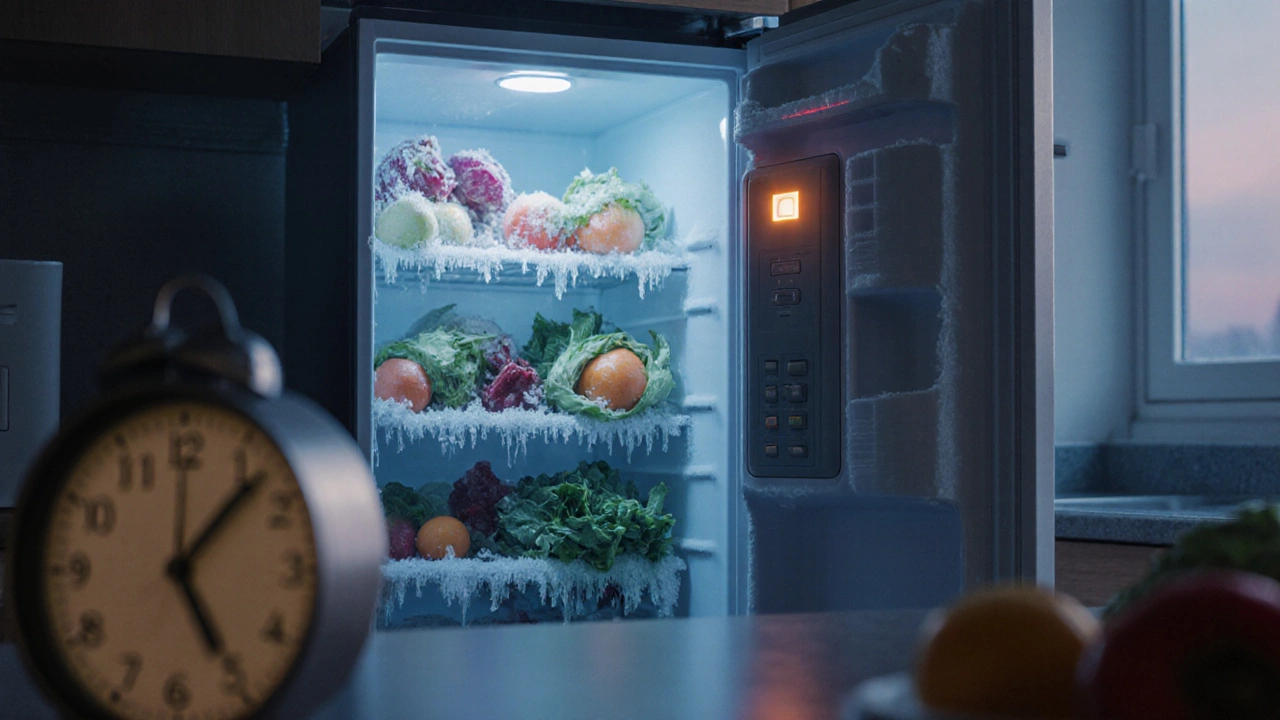
Step‑by‑step guide to pinpoint why a fridge isn't cooling, covering key components, diagnostic checks, common symptoms, DIY tips, and when to call a professional.
When a Fridge Not Cooling, the refrigerator fails to keep food cold, causing spoilage and frustration. Also called refrigerator not cooling, this issue usually points to a problem in the Cooling System, the network of parts that move heat out of the fridge compartment. The Thermostat, the sensor that tells the unit when to run often misreads the temperature, while the Compressor, the heart of the cooling cycle that pressurizes refrigerant may simply be dead. In short, fridge not cooling encompasses a range of symptoms, requires a working cooling system and is heavily influenced by thermostat settings and compressor health.
First, listen for the hum of the compressor and the whirr of the evaporator fan. No noise at all? That’s a red flag. Next, feel the back of the fridge – it should be warm, not icy. Check the interior temperature with a cheap kitchen thermometer; anything above 40°F (4°C) means the unit isn’t doing its job. Door seals are another easy win: a quick hand‑slide test will reveal gaps that let warm air in, forcing the fridge to work harder and eventually stall.
Dirty condenser coils are the #1 offender. Over months, dust builds up on the coils (usually at the back or beneath the unit), insulating them and preventing heat exchange. A coil brush or vacuum can clear this in ten minutes and often restores cooling. Another frequent issue is a faulty thermostat; if it’s stuck in the “off” position, the compressor never kicks in. Many modern fridges have a digital control board – a simple reset (unplug for five minutes, then plug back in) can sometimes clear a glitch.
When the door seal looks cracked or warped, replace it. A poor seal lets warm air infiltrate, raising the internal temperature and overloading the cooling system. Also watch out for items placed too close to the vent inside the fridge; blocking airflow stops the cold from circulating evenly.
If the fridge still won’t chill after these checks, the problem likely lies deeper. A failing compressor can make a loud click and then stop, a sign the motor’s internal bearings have worn out. The start relay, a small electrical component that gives the compressor that initial boost, can also go bad – you’ll hear a loud buzz or a rapid clicking sound. Lastly, a broken evaporator fan can leave the freezer section cold while the fridge stays warm, because the cold air isn’t being pushed through the fresh‑food compartment.
Before you peel back panels, always disconnect power. Use a multimeter to test voltage at the compressor terminals; no reading means a power issue, not a mechanical one. If you spot a burnt smell or melted wires, stop and call a pro – those signs point to a serious electrical fault that requires certified handling.
Knowing when to DIY and when to call in South Shields Appliance Repair Services saves you time and money. Simple cleaning, seal swaps, and thermostat resets usually cost less than £50 and can be done in an afternoon. Compressor or start‑relay replacements, however, often run between £150‑£300 plus labor. A qualified technician can diagnose the exact fault, guarantee the repair, and ensure your fridge meets safety standards – especially important if you have a gas‑cooling model.
Below you’ll find a curated list of our most useful articles. Whether you need a quick coil‑cleaning guide, a step‑by‑step thermostat test, or an in‑depth look at compressor replacement costs, the collection covers every angle of a fridge that won’t cool. Dive in to get the right fix for your situation and keep your food fresh without the headache.

Step‑by‑step guide to pinpoint why a fridge isn't cooling, covering key components, diagnostic checks, common symptoms, DIY tips, and when to call a professional.